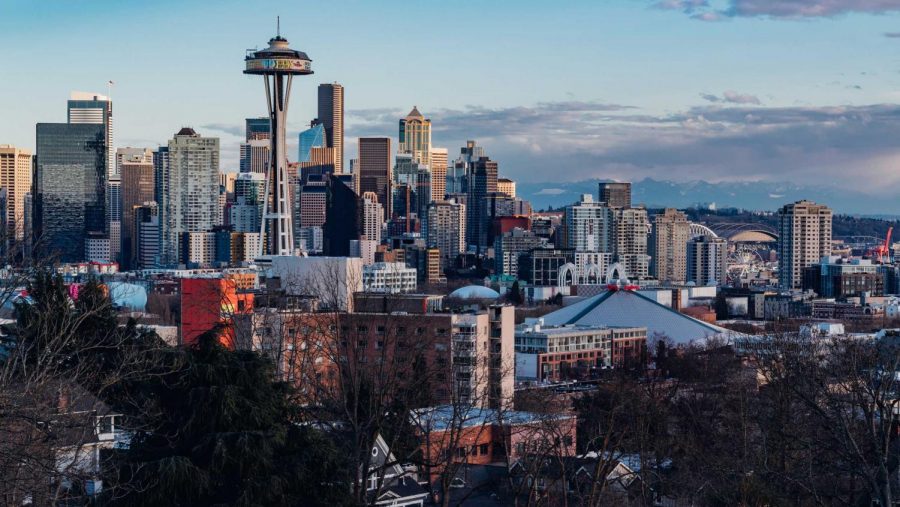Seattle: A Walking City?
Walk Score, an online venture that evaluates the ‘walkability’ of cities, has named Seattle one of the best walking cities in the United States. “Seattle is rapidly becoming a world-class walkable city,” they proclaim.
Seattle University students often joke about the campus terrain. Afterall, Seattle U is on a hill. There are few individuals lucky enough to spend an entire day walking to class without having to shuffle up or down a steep incline at least once.
On a more serious note, mobility issues on campus can seriously impact the lives of students. In October of 2019, The Spectator covered the President’s Forum, in which students raised issues related to Seattle U facilities. Campus advocates pointed to potential violations of the Americans with Disabilities Act, and the need for all people to be able to traverse campus.
One could, given all of this information, view Seattle’s walk score with incredulity. Seattle U is a microcosm of larger problems throughout the Emerald City. Seattle is a bumpy place, which makes it difficult to conform to inclusive mobility standards that citizens aspire to. The Seattle Times reported that King Country is lowering the cost of public transportation to ensure that all residents are able to move about freely on February 12. It is evident that the city still faces an uphill battle in ensuring that the city is accessible for all.
However, Walk Score seems to take a more broad approach to settling on their outcomes. “Walking” score is a slight misnomer. They specifically point to the new light rail line and investment in public means of transportation. The Spectator reported on the fourteen miles of track that are currently being added to the transportation system on January 30th. While there will be some slight annoyances to travelers who use the line everyday, the addition will better serve the community and have a positive impact on the city’s economy. This also seems to be a priority of walkscore. They point to the booming tech sector, which creates incentives for the city to find ways to get people to work, as a contributing factor to their positive rating.
Another source of confusion around the score is the weather. January was a miserable month for those who need to see the sun regularly. My Northwest illuminated this reality concisely: “in a 29-day period in January, Seattle saw just three days where there wasn’t measurable precipitation.” Perhaps Walk Score is an organization full of employees who love singing in the rain, but for the average Seattle U student, the weather was a burden. In a January interview with The Spectator, University Director of Wellness and Health Promotion Chris Fiorello promoted the wellness lamps currently installed in the HAWC lounge. These mini-bundles of sunshine were used often throughout the first month of 2020.
It seems that Walk Score doesn’t factor the weather into their decisions when evaluating the walkability of a city. They are more focused on the quality of the city’s public transportation facilities, if the economy incentivises efficient travel, and whether the city is generally worth buying an apartment in. This is an oversight if the company truly wants to live up to its name. It is true that Seattle has a thriving economy and relatively effective public transit. However, it is unlikely that any Seattle U students were waking up early on a Saturday in the midst of torrential downpour to take a stroll.
The score is interesting, because it illuminates the difference between outside perspectives and internal lived realities. Amazon just announced that it’s Bellevue operation will expand it’s employee pool to 15,000 people in the near future. The tech market is sucking up talent from all over the United States and elsewhere, and is depositing that all in the Seattle area. A computer scientist from the midwest likely views Seattle as a land of prosperity. There are a litany of great opportunities in the Northwest for those working in the tech market. However, these individuals may not realize that, should they make the move, they’ll be making the choice to be frequently drenched from early October until mid-June.
Seattle’s Walk Score certification as a great city to live reflects the quality of it’s public transportation facilities and economy. There are still significant reforms needed to make the city inclusive of the less mobile, and the weather is abysmal for those that dislike rain. Seattle should take pride Walk Score’s positive score as citizens of a responsible municipal government that promotes an expanding collection of markets, but no one should be fooled that this is a “walking city.”






